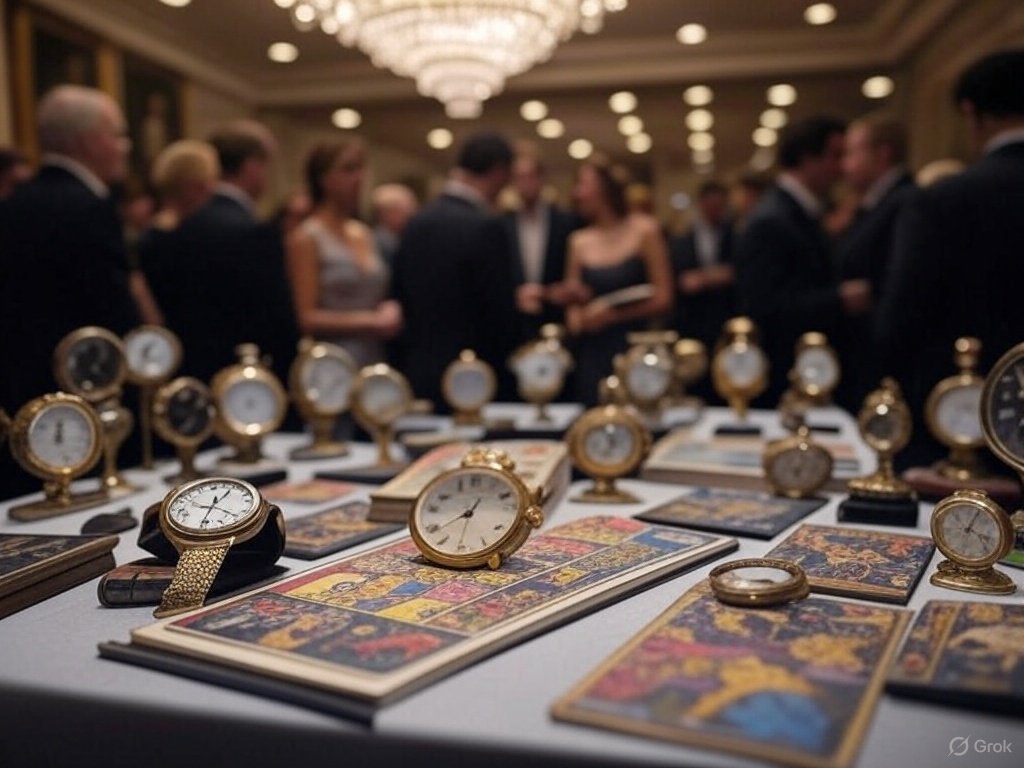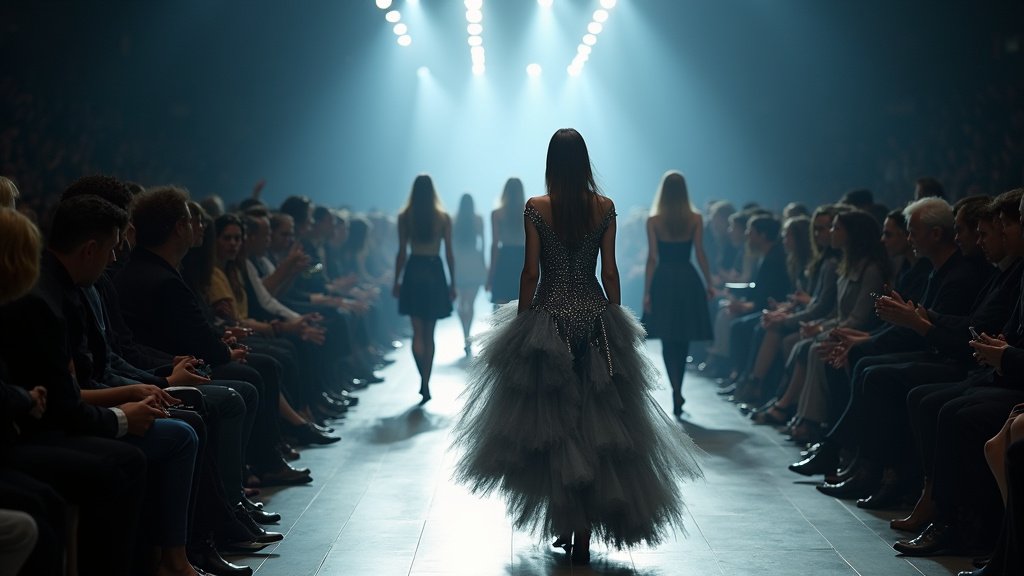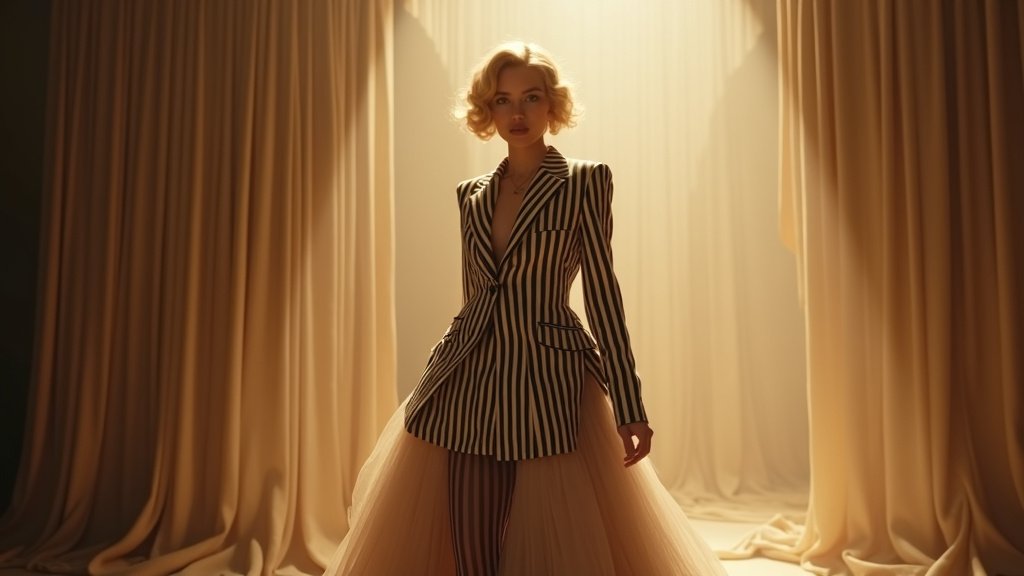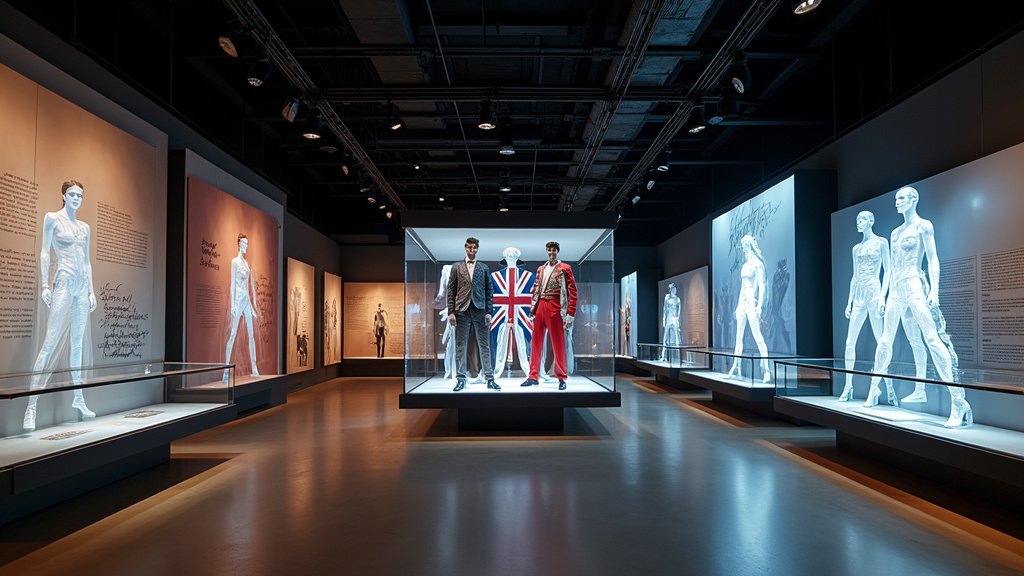In an age where digital assets and NFTs dominate headlines, a parallel frenzy is unfolding in the physical realm: celebrity-curated collectibles auctions have become a major investment arena, transforming once-humble memorabilia into multimillion-dollar assets. From Prince’s iconic guitar to Audrey Hepburn’s little black dress, items once valued primarily for their sentimental or historical significance now command prices that rival fine art. What’s fueling this boom? A potent mix of star power, scarcity, and savvy marketing—supercharged by blockchain provenance and global online bidding platforms. Whether you’re a seasoned collector or a curious newcomer, here’s an in-depth look at how celebrity auctions are reshaping the collectibles market in 2025, and how you can navigate this glittering—and sometimes treacherous—landscape.
1. Star Power as a Value Multiplier
At the heart of every celebrity auction lies a simple principle: provenance. An item’s value skyrockets when it’s tied to a cultural icon. Consider the 2021 sale of Michael Jackson’s rhinestone-studded “Thriller” jacket, which fetched $1.8 million, or the $2 million paid for a sealed copy of Super Mario Bros. These headline-grabbing figures aren’t just about the items themselves—they’re about the stories they carry. Fans and investors alike covet tangible connections to beloved stars, believing that ownership of a piece of pop-culture history confers both emotional and financial dividends.
Auction houses leverage star power through high-production marketing: glossy catalogs featuring professional photography, video spotlights on the item’s backstory, and star-studded preview events. When celebrity estates or brand partnerships (like Rihanna’s sale of stage-worn Fenty outfits) open their vaults, media coverage amplifies demand. The cachet of owning something once worn or used by a global icon creates a feedback loop: high prices attract more headlines, which in turn fuel bidding wars and drive prices even higher.
2. The Rise of Blockchain-Backed Provenance
One of the biggest challenges in the collectibles world is authenticity. Counterfeit merchandise and “mystery lots” have long plagued buyers, undermining trust. In response, major auction houses and emerging platforms have turned to blockchain to create immutable provenance records. Each item is accompanied by a non-fungible token (NFT) that documents its origin, chain of custody, and any restoration work—ensuring that buyers can verify authenticity with a simple on-chain query.
Platforms like VerisArt and Everledger partner with auctioneers to mint provenance NFTs at the point of consignment. Buyers receive the physical item along with its digital twin, allowing future resale transactions to occur with confidence. This technology not only deters fraud but also broadens the market: international bidders can participate without fear of offline escrow disputes, knowing that blockchain guarantees the item’s legitimacy.
3. The Market Dynamics: Scarcity, Speculation, and Sentiment
Several market forces converge to drive celebrity memorabilia values:
- Scarcity: Once a unique stage-worn costume or signed manuscript sells at auction, it rarely returns to market—creating perpetual scarcity. Buyers view these items as finite resources with steadily appreciating value.
- Speculation: Like art or vintage wine, celebrity collectibles attract speculators who believe that star estates will deliberately limit supply. Forecasting an item’s future worth involves analyzing the celebrity’s ongoing cultural relevance—hence, purchases often align with anniversaries (e.g., 50th birthday editions) or biographical film releases.
- Sentiment and Emotional Value: Beyond pure investment, collectors derive personal joy from owning pieces of their idols’ lives. This emotional premium can sometimes eclipse rational-market valuations, pushing final hammer prices above initial estimates.
Analysts caution, however, against viewing every memorabilia purchase as a guaranteed profit. Market downturns, shifts in celebrity reputations, or oversupply of derivative merchandise can erode values. Savvy collectors diversify across categories—music memorabilia, film props, sports jerseys—to hedge against volatility.
4. High-Profile Auctions and Record Sales
Recent auctions illustrate the market’s fever pitch:
- Prince’s “Cloud” Guitar (2023): Sold for $1.5 million at Julien’s Auctions, this custom-shaped instrument from the Purple Rain era highlighted the musician’s flair and innovation.
- Audrey Hepburn’s “Breakfast at Tiffany’s” Dress (2024): Fetching $4.2 million, Holly Golightly’s iconic black Givenchy gown set a record for film costumes, underscoring vintage Hollywood’s enduring allure.
- Kobe Bryant’s Game-Worn Sneakers (2022): Nike high-tops from Bryant’s final NBA season sold for $650,000, driven by sentimental bidding following the athlete’s tragic passing the previous year.
These headline-making sales attract new entrants—from high-net-worth individuals to institutional investors—fueling a virtuous cycle of media coverage, market attention, and rising bids.
5. Ethical Considerations and Estate Rights
Celebrity auctions also raise ethical and legal questions. Estates must balance revenue generation with respect for the celebrity’s legacy. Over-commercialization risks diluting brand value, while under-leveraging estate assets can forgo philanthropic opportunities. Some notable developments:
- Partnerships with Charities: Many estates now allocate a percentage of auction proceeds to causes the celebrity championed—enhancing public goodwill and providing tax benefits. For instance, proceeds from Mary Tyler Moore’s memorabilia benefit Alzheimer’s research.
- Rights to Publicity: Celebrities or their estates must navigate rights-of-publicity laws when marketing personal items. Misrepresenting ownership or using likeness without permission can spark litigation. Reputable auction houses mitigate risk through certified estate agreements and transparent disclosures.
- Cultural Sensitivity: Auctioning cultural artifacts—like costumes used in indigenous representations—demands careful curation to avoid cultural exploitation. Some houses enlist cultural consultants to vet lots and ensure respectful handling.
Navigating these considerations is crucial for maintaining collector confidence and preserving the dignity of celebrity legacies.
6. Entering the Market: Tips for New Collectors
If you’re intrigued by the collectibles craze but unsure where to start, here are practical steps:
- Research Reputable Auction Houses: Begin with established names like Julien’s, Sotheby’s, and Heritage Auctions, which offer authentication guarantees and secure bidding platforms.
- Set a Budget and Stick to It: Emotional excitement can drive impulsive bids. Define your maximum and resist “bid chase” pressures once the hammer time approaches.
- Understand Fees and Premiums: Buyers’ premiums (often 20–25% of the hammer price) and shipping, insurance, and tax can significantly increase total costs. Factor these into your ceiling price.
- Watch Similar Lots: Track past sales of comparable items to gauge realistic market values. Most auction platforms provide searchable databases of realized prices.
- Leverage Online Previews and Condition Reports: Examine high-resolution photos and request detailed condition reports. Minor damages or restorations can materially impact worth.
- Consider Fractional Ownership: Some platforms offer “shards” of high-value collectibles via legally compliant fractional-ownership models—allowing investors to participate in blue-chip memorabilia without bearing full costs.
By combining due diligence with strategic bidding, new collectors can build portfolios that balance emotional satisfaction with potential appreciation.
7. The Road Ahead: Convergence of Physical and Digital
Looking forward, the collectibles market will continue to bridge physical and digital realms:
- Digital Twins and VR Showrooms: Buyers may “preview” items in virtual galleries, examining 3D-scanned replicas before committing to purchase.
- NFT-Backed Fractionalization: Beyond provenance, NFTs will enable secure fractional ownership—verified by smart contracts that automate dividend distributions from future sales or licensing deals.
- AI-Driven Valuation Tools: Machine-learning models will analyze market trends, celebrity sentiment (via social-media analytics), and macroeconomic indicators to forecast collectible values and optimize bidding strategies.
This digital transformation promises to democratize access, enhance transparency, and deepen engagement—while preserving the tactile allure of owning a piece of pop-culture history.
Conclusion
The collectibles craze—fueled by celebrity auctions, blockchain provenance, and a potent mix of scarcity and sentiment—has elevated memorabilia into a dynamic investment category. As auctions break records and platforms innovate with digital twins and fractional ownership, the market becomes more accessible and data-driven. Yet the heart of this phenomenon remains emotional: fans seeking tangible ties to their idols, and collectors chasing the thrill of owning cultural artifacts. Whether you’re eyeing a vintage guitar or a movie costume, success hinges on research, discipline, and respect for the stories behind each piece. In 2025, celebrity collectibles aren’t just treasures of the past—they’re assets of the present and future, reflecting the enduring power of fame, memory, and material culture.





